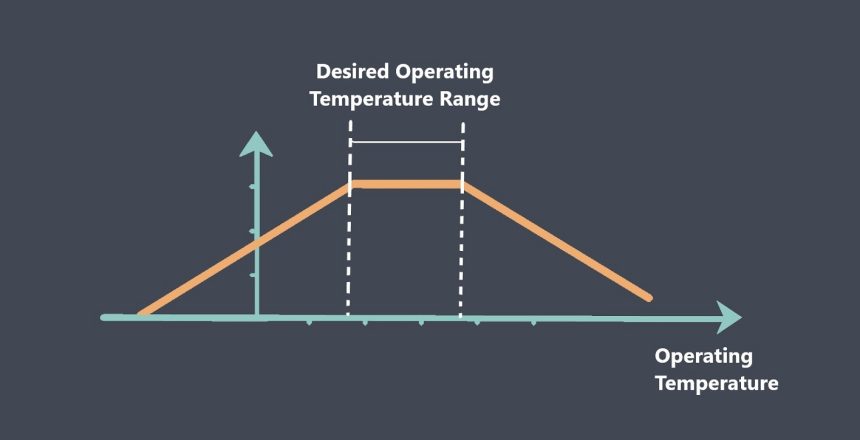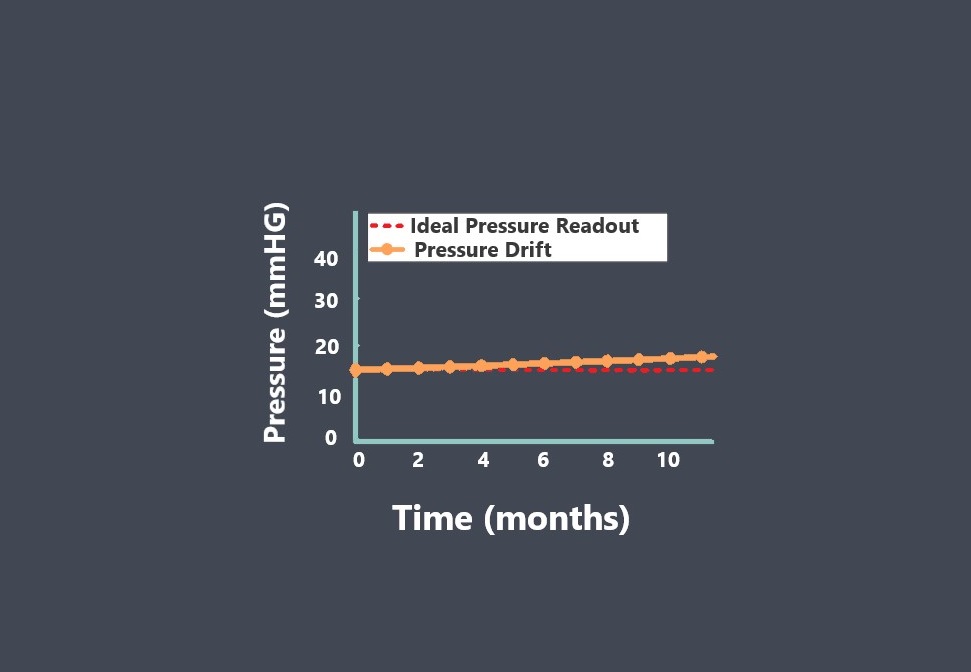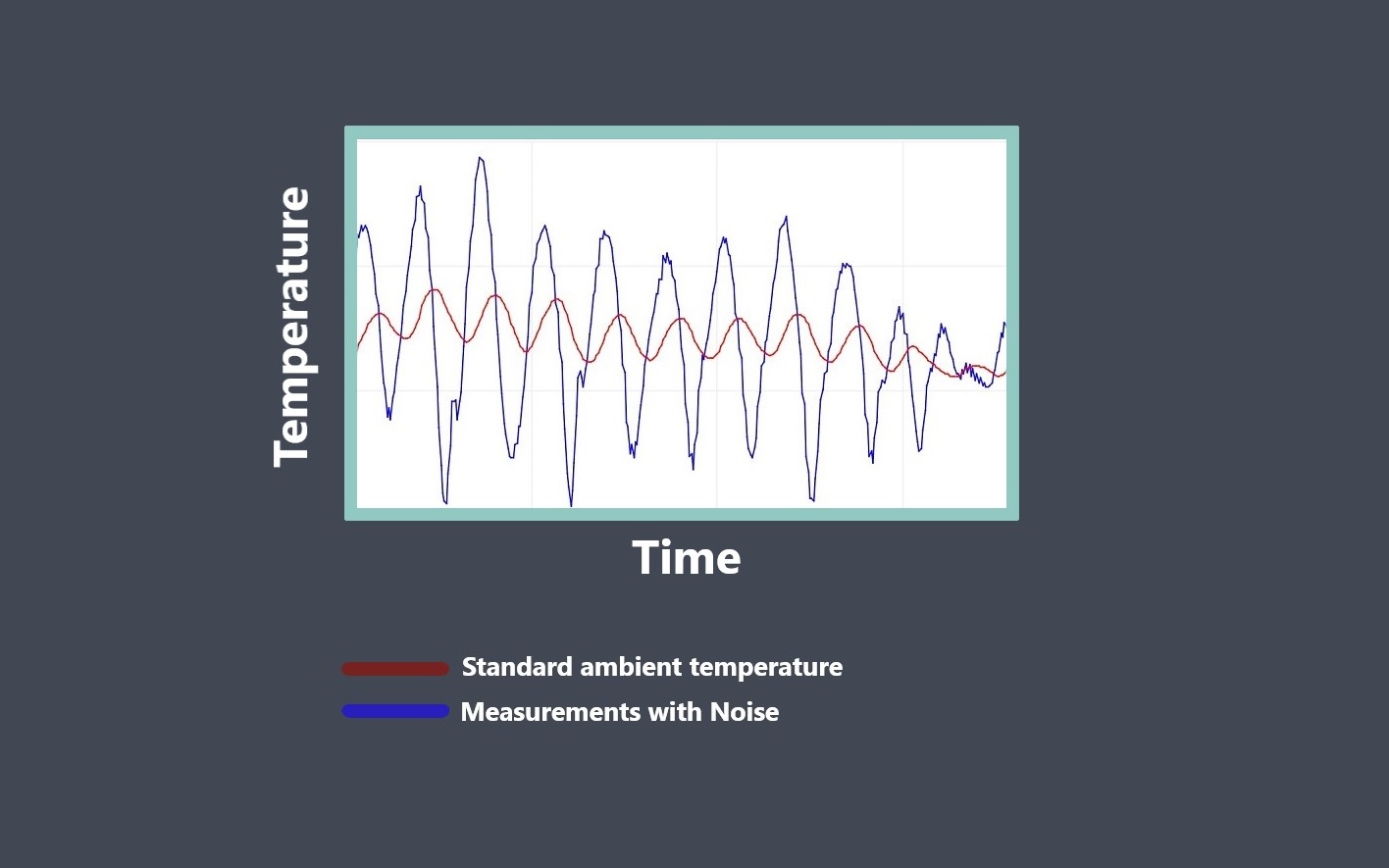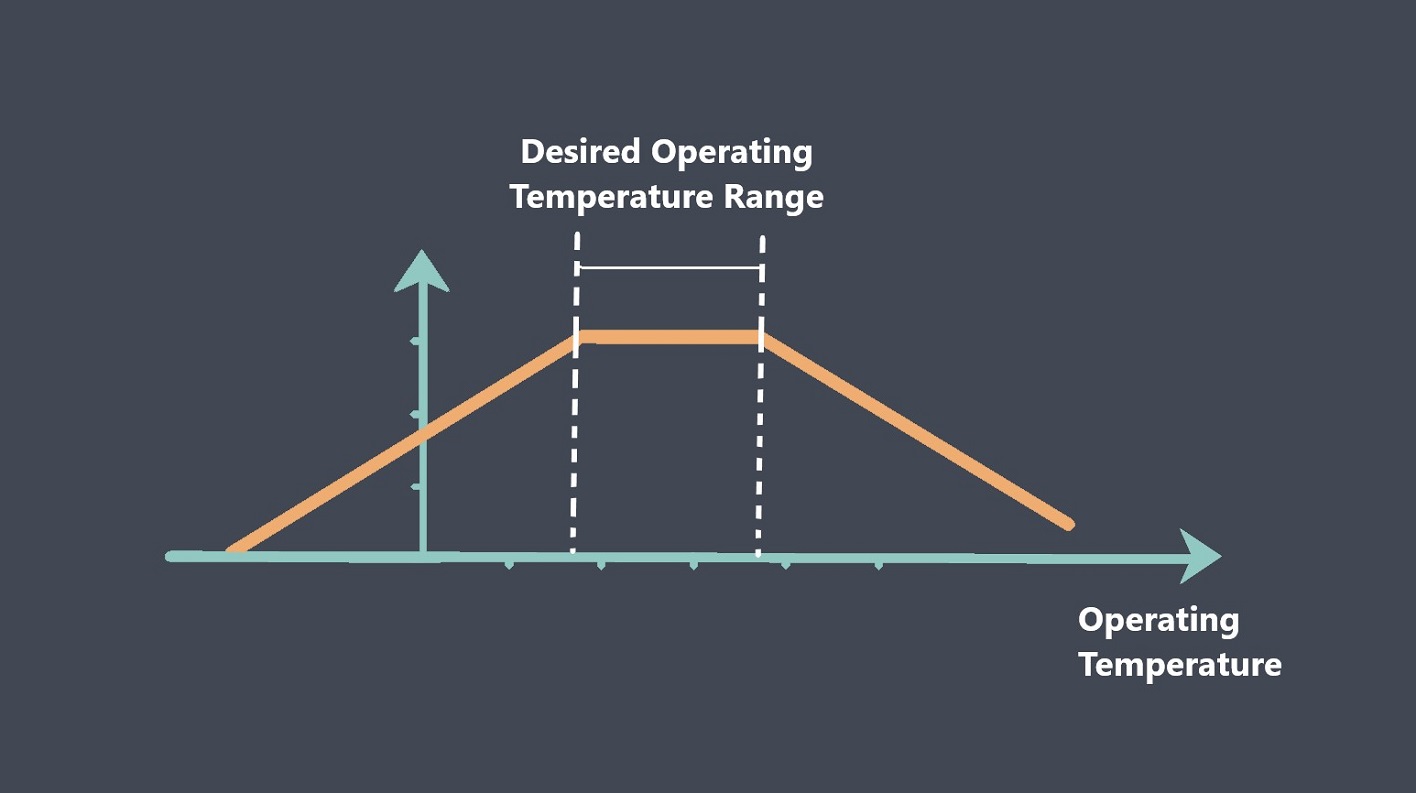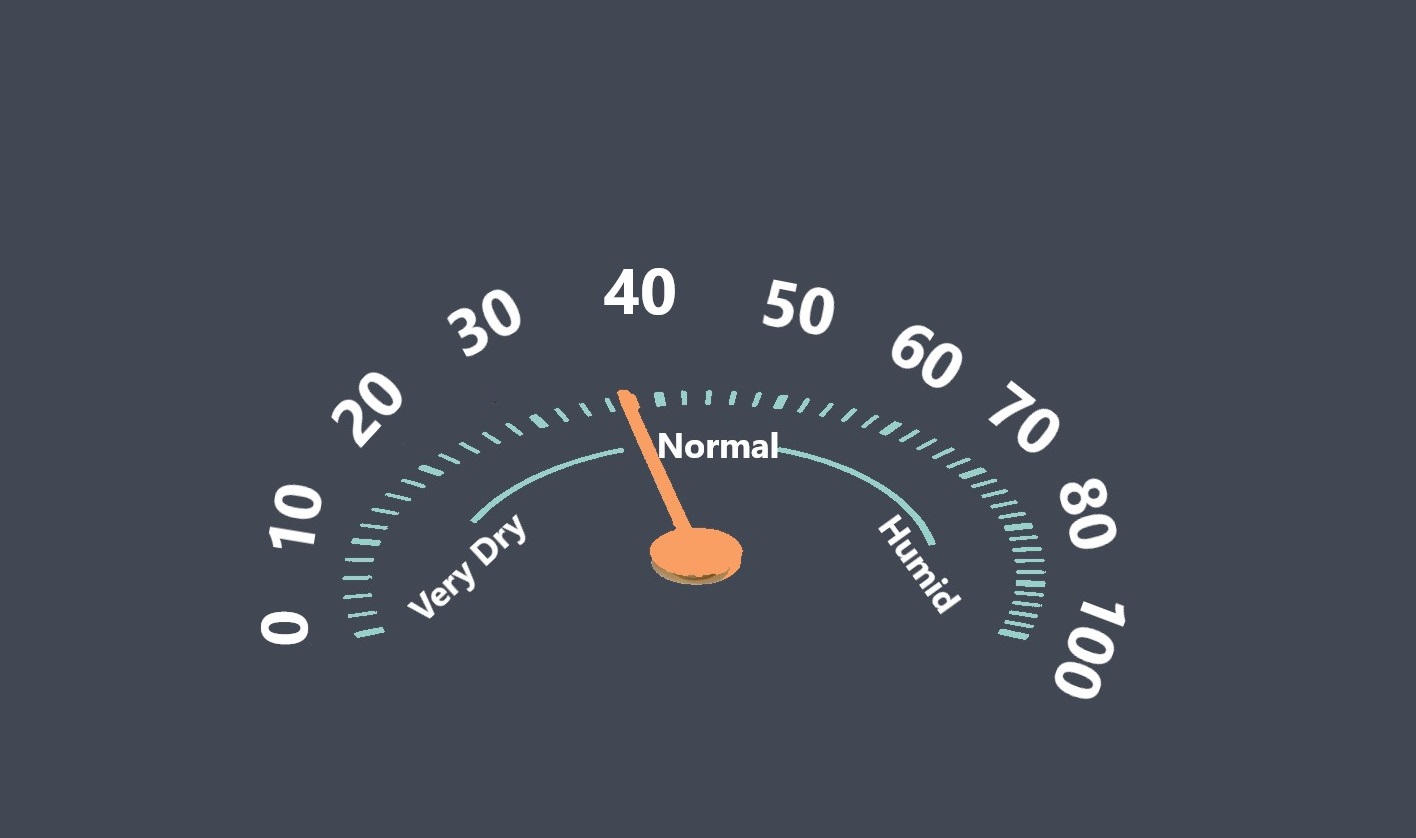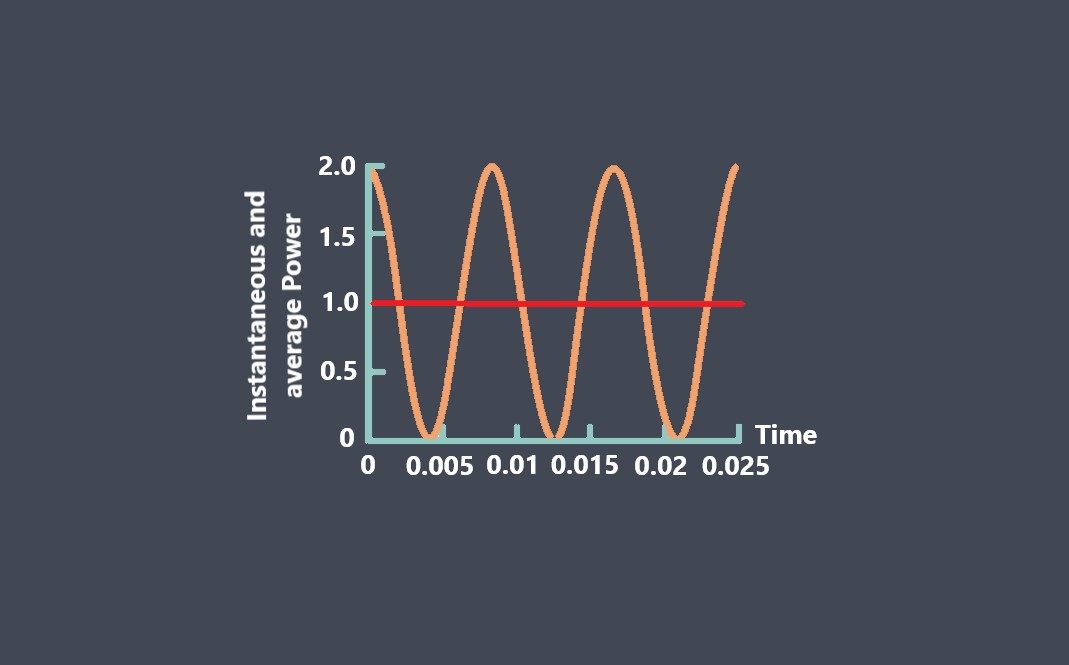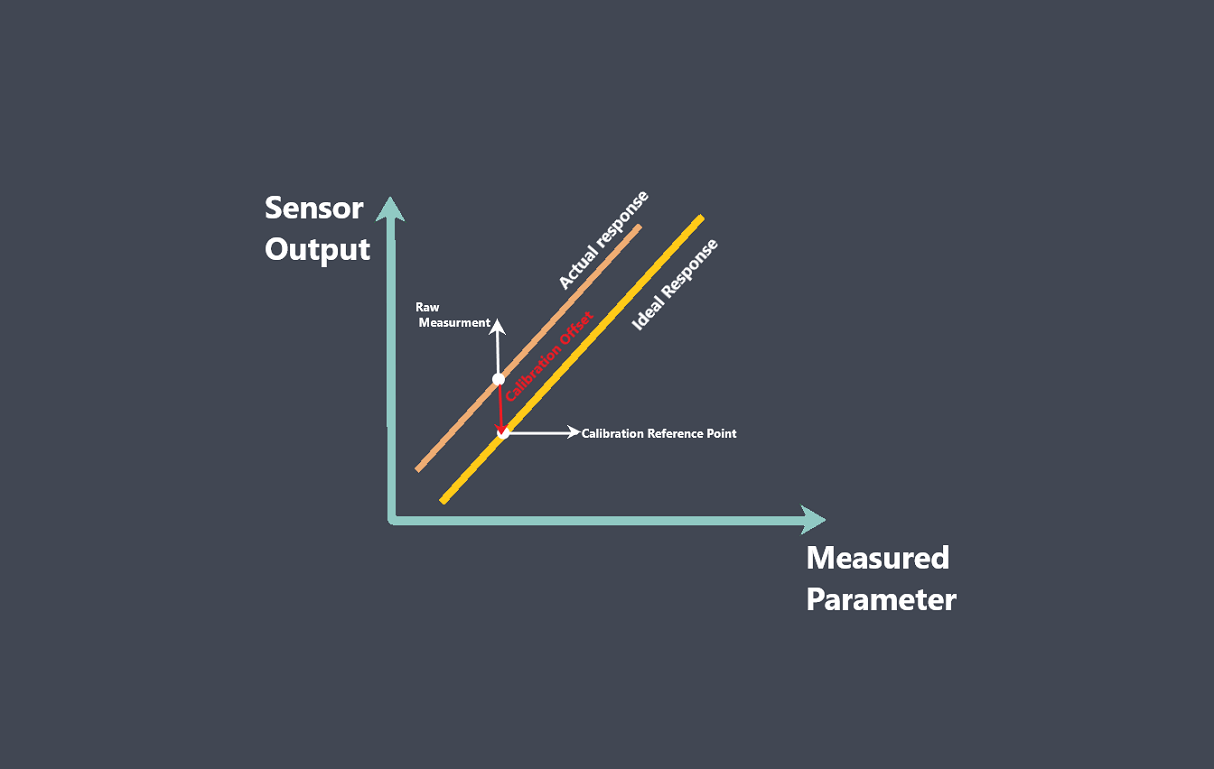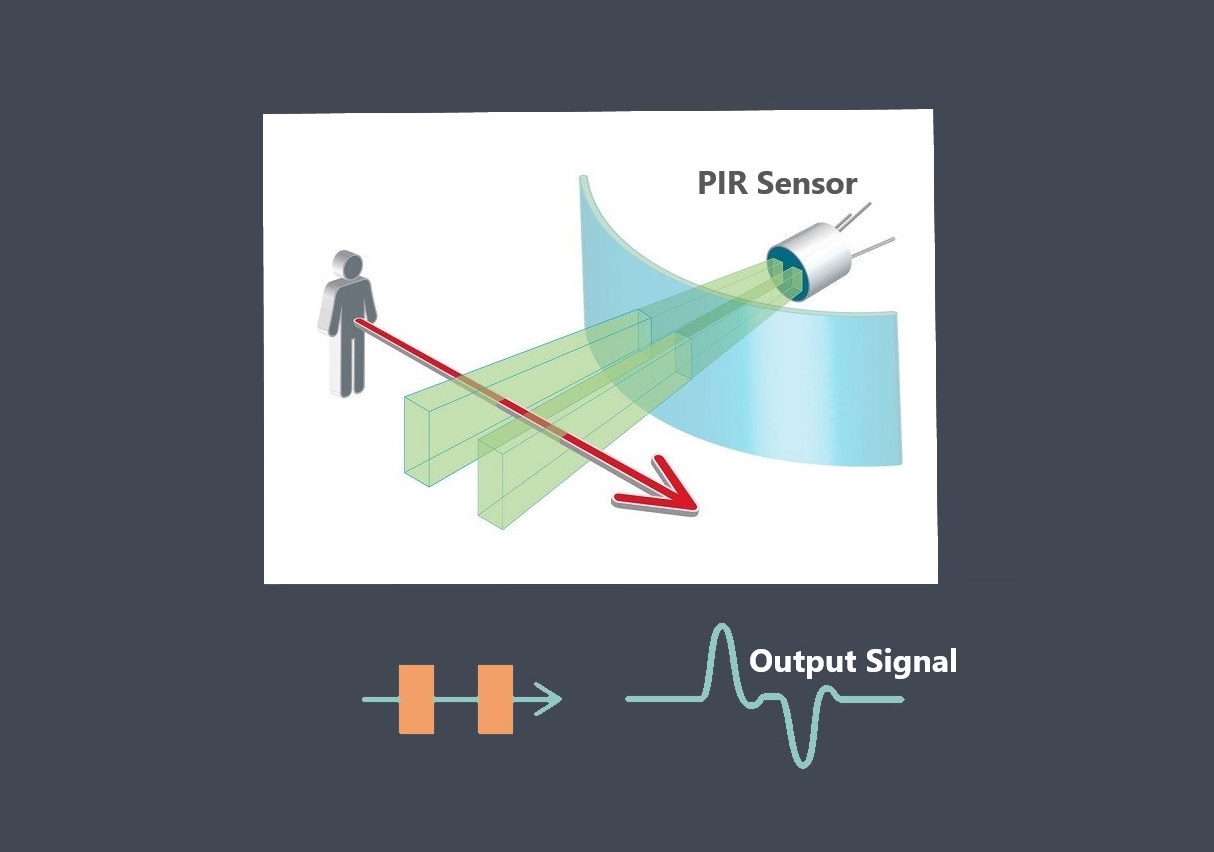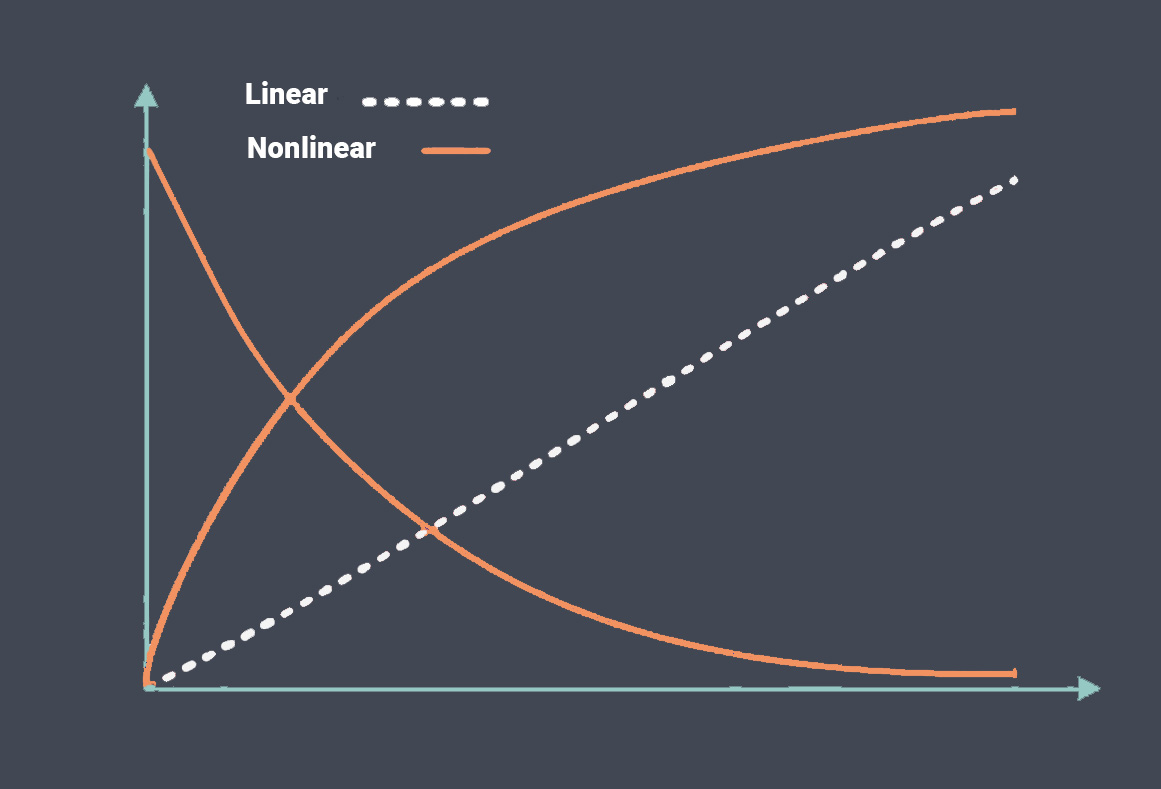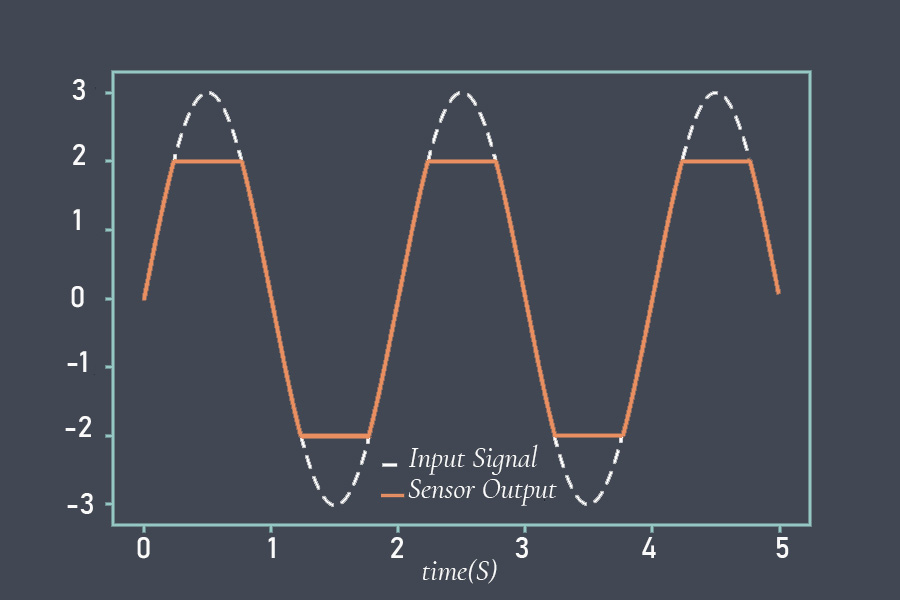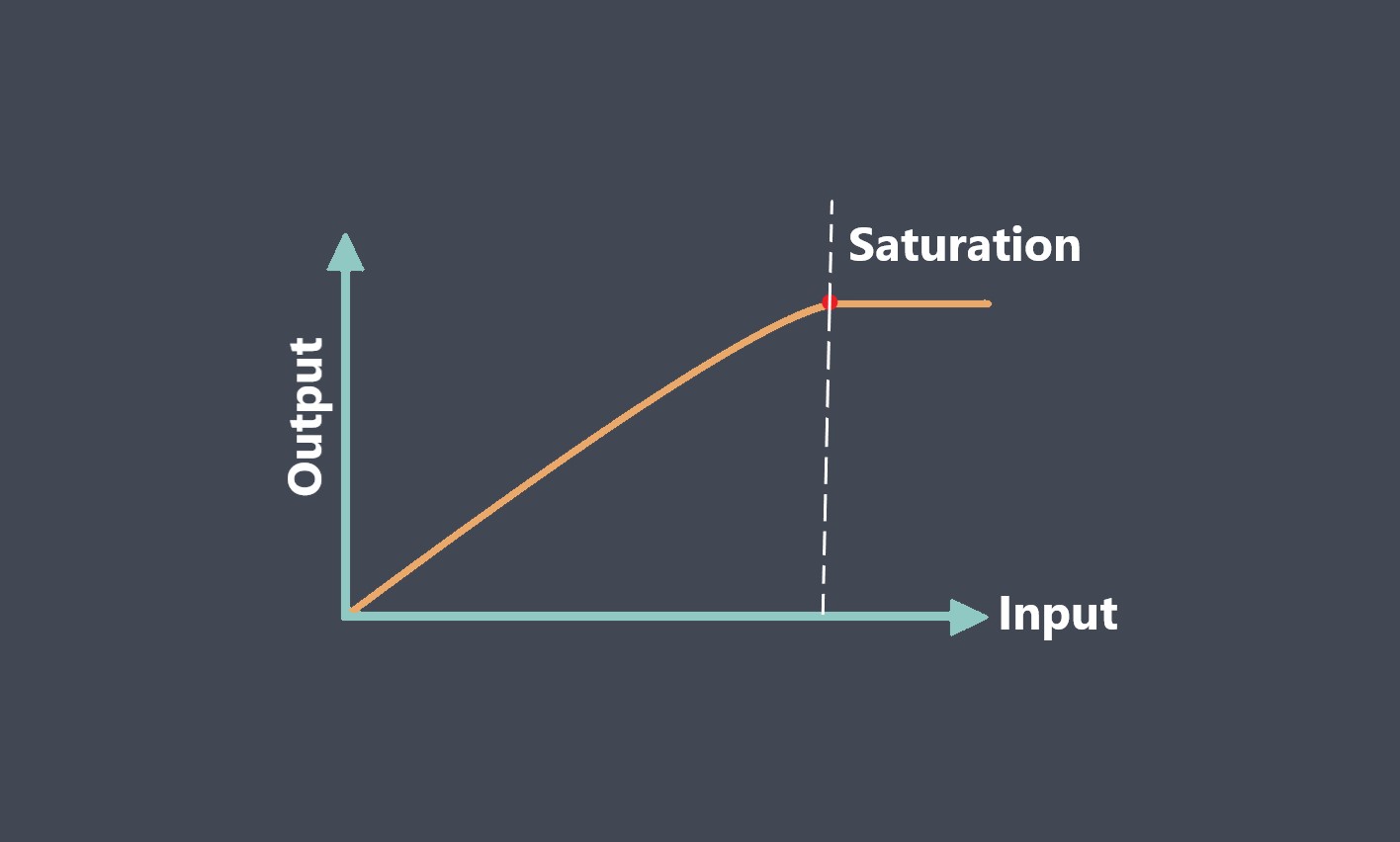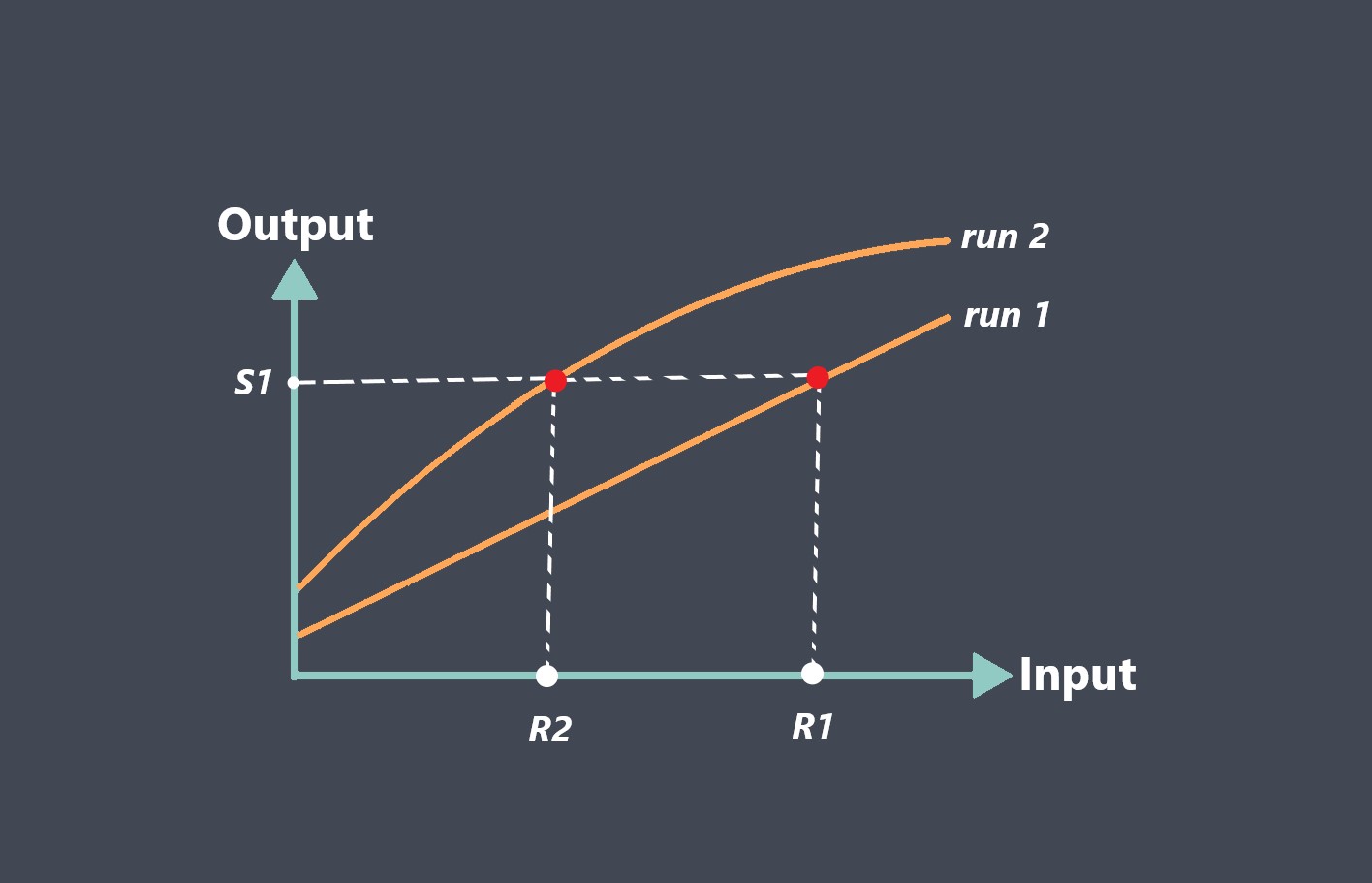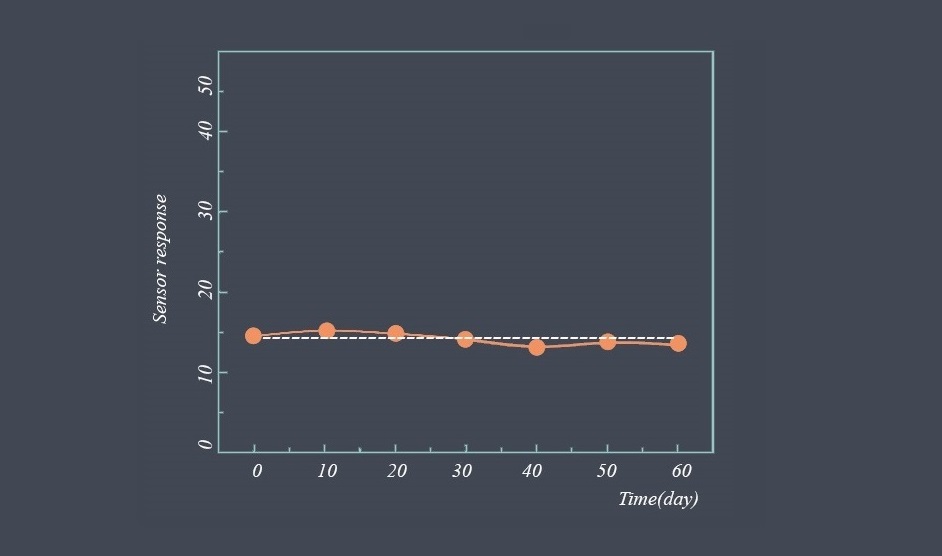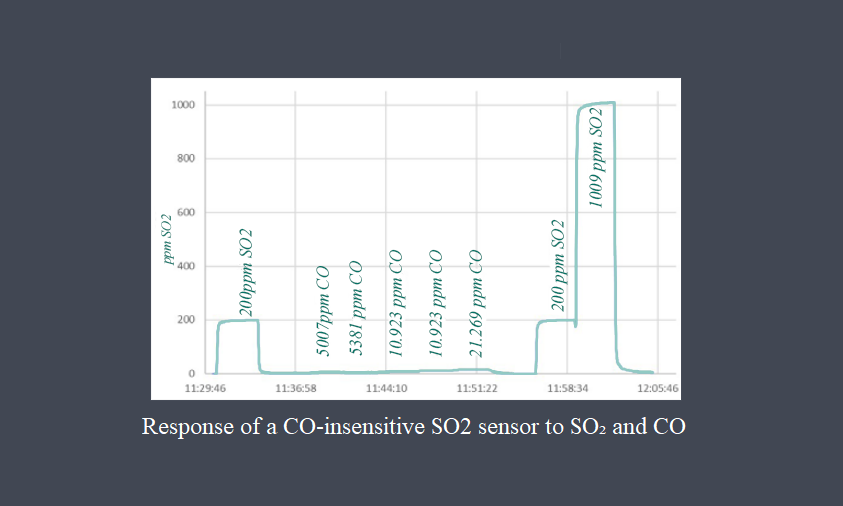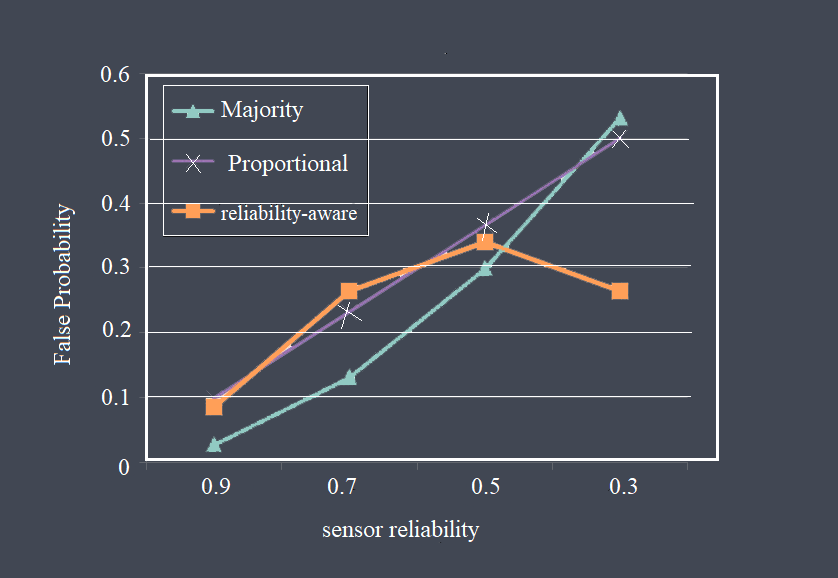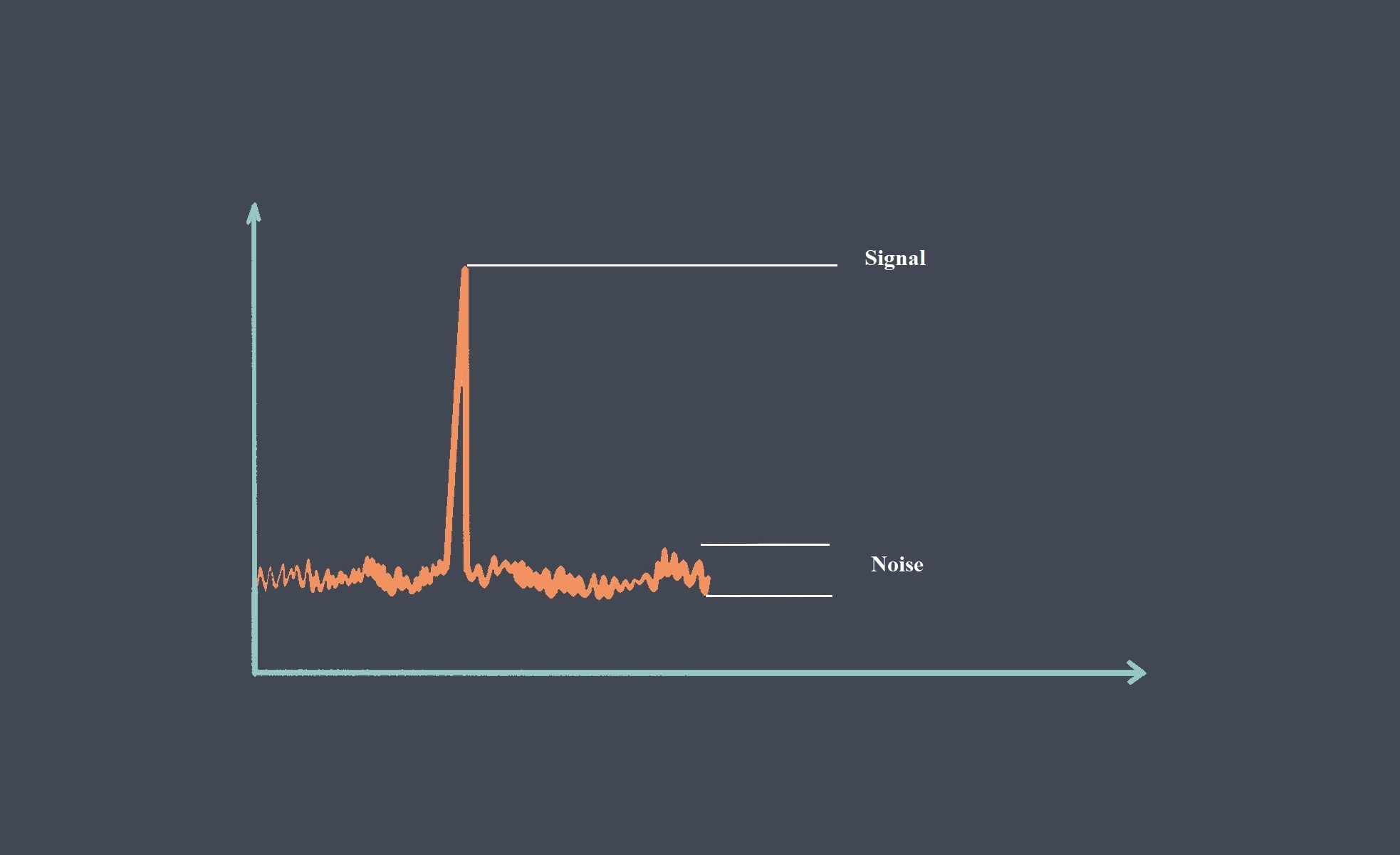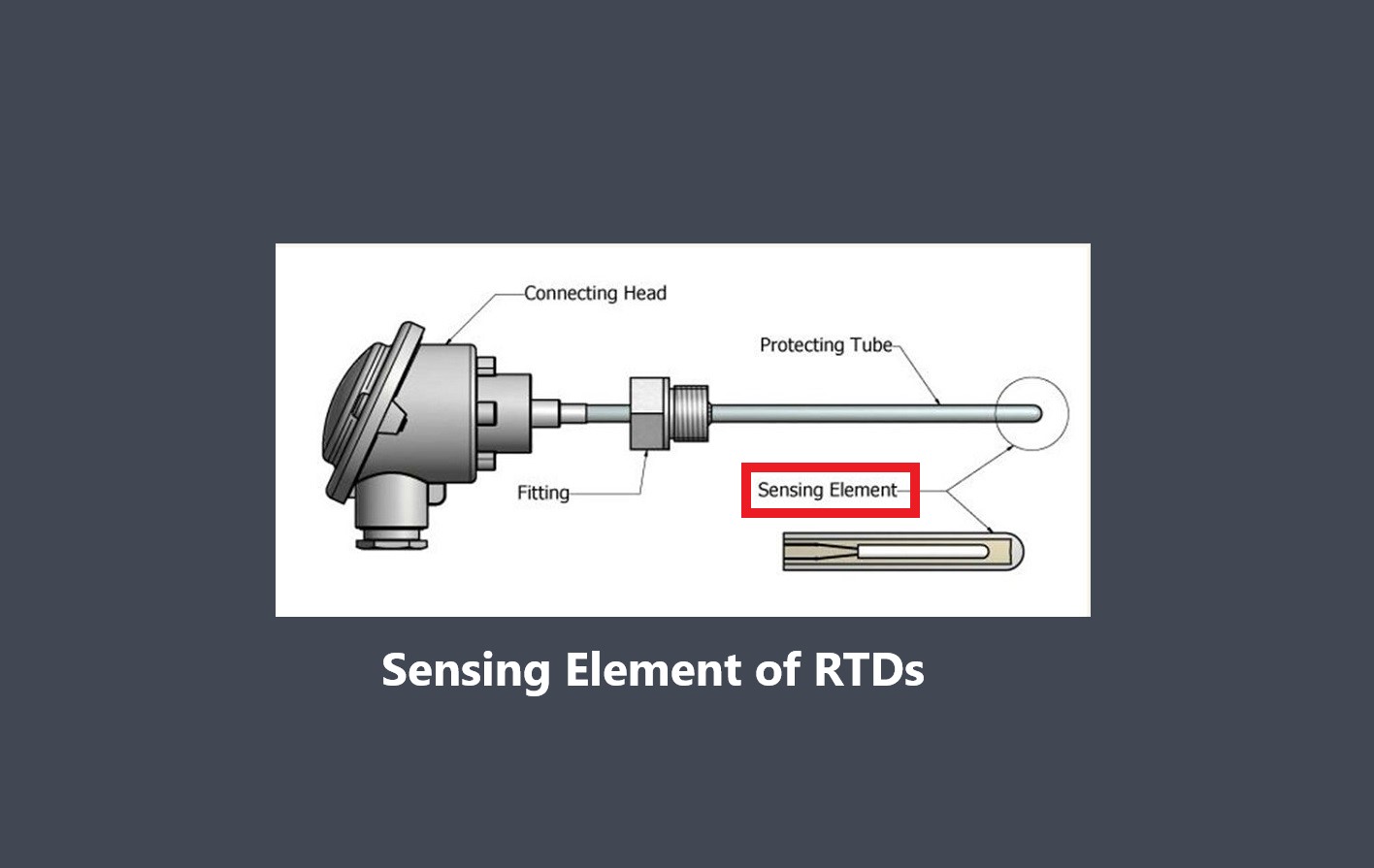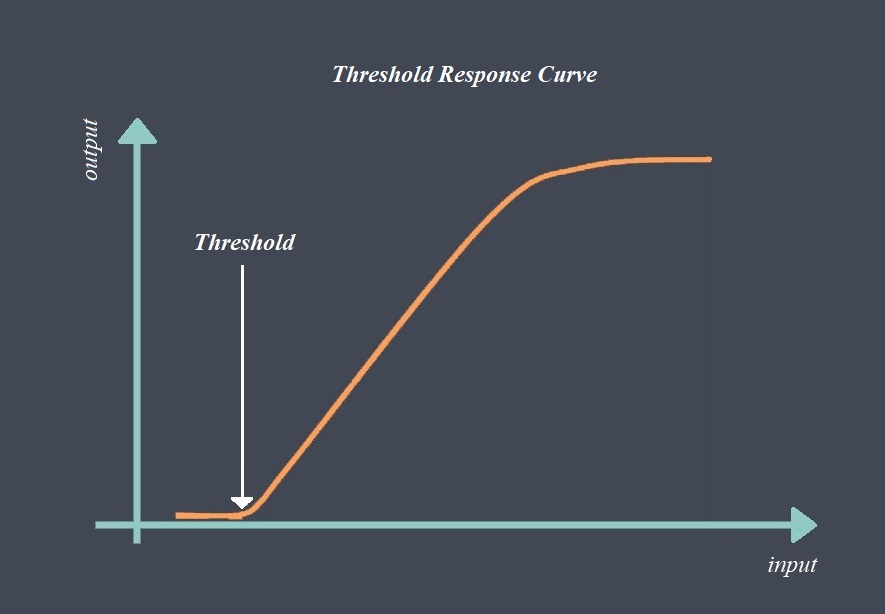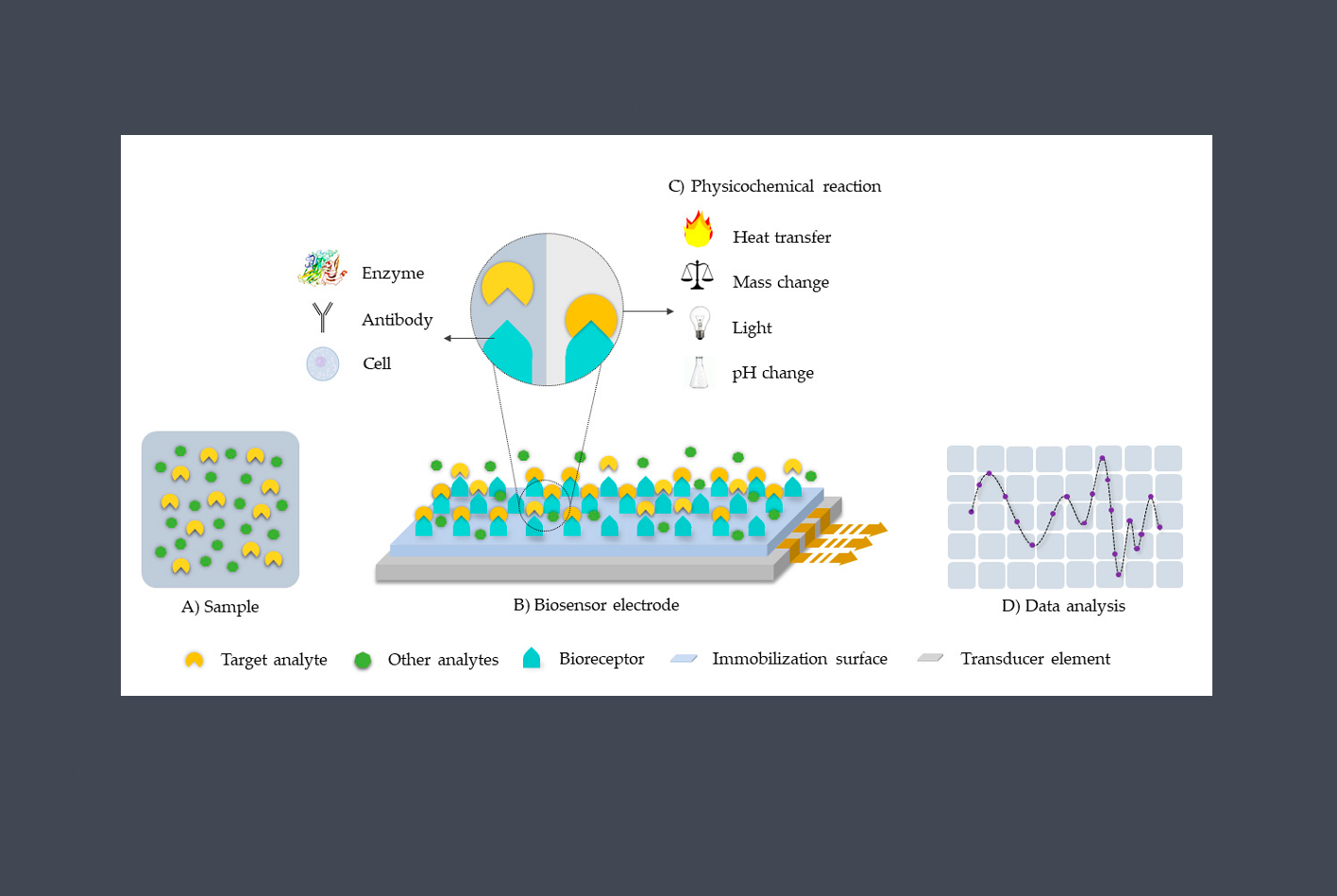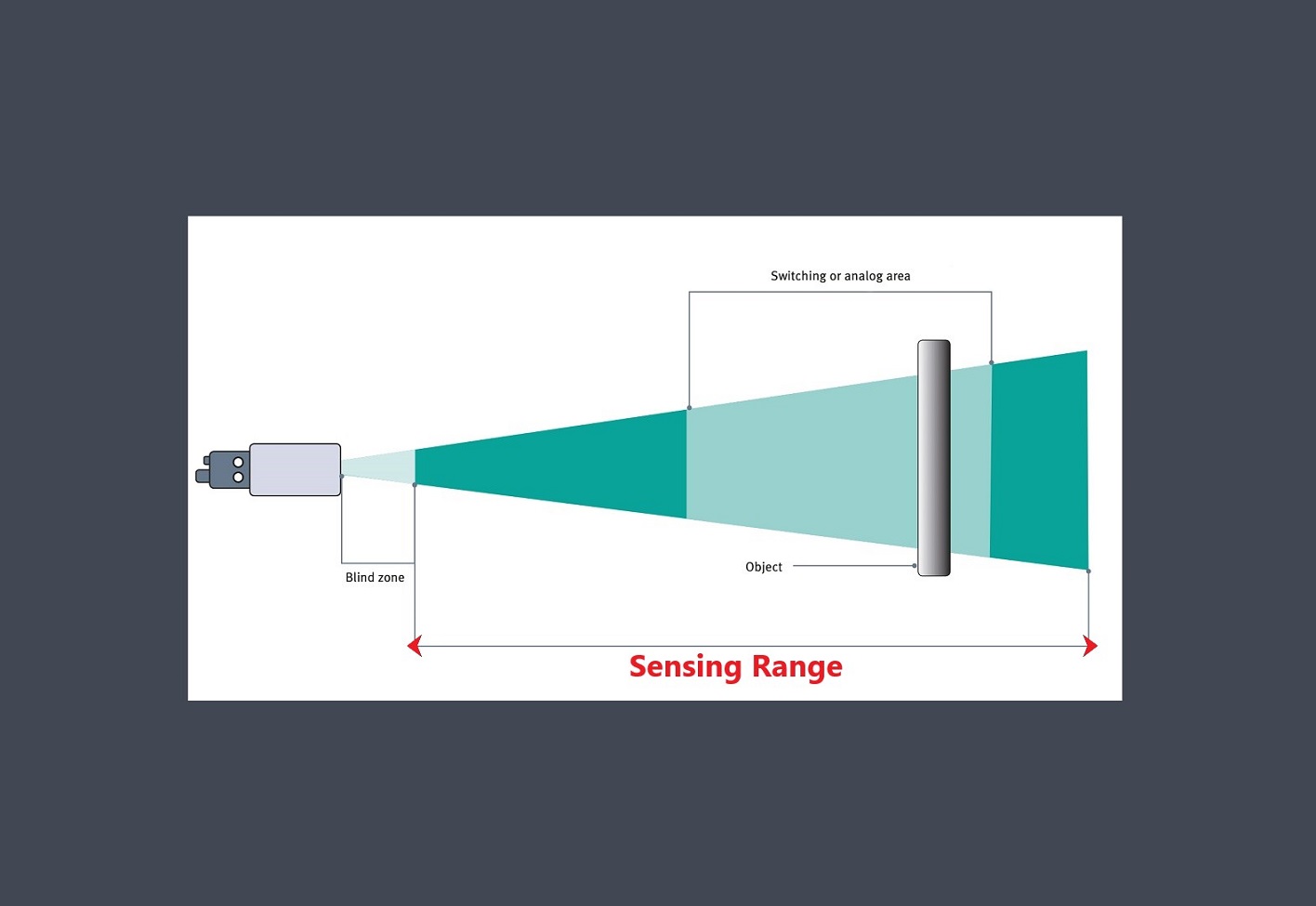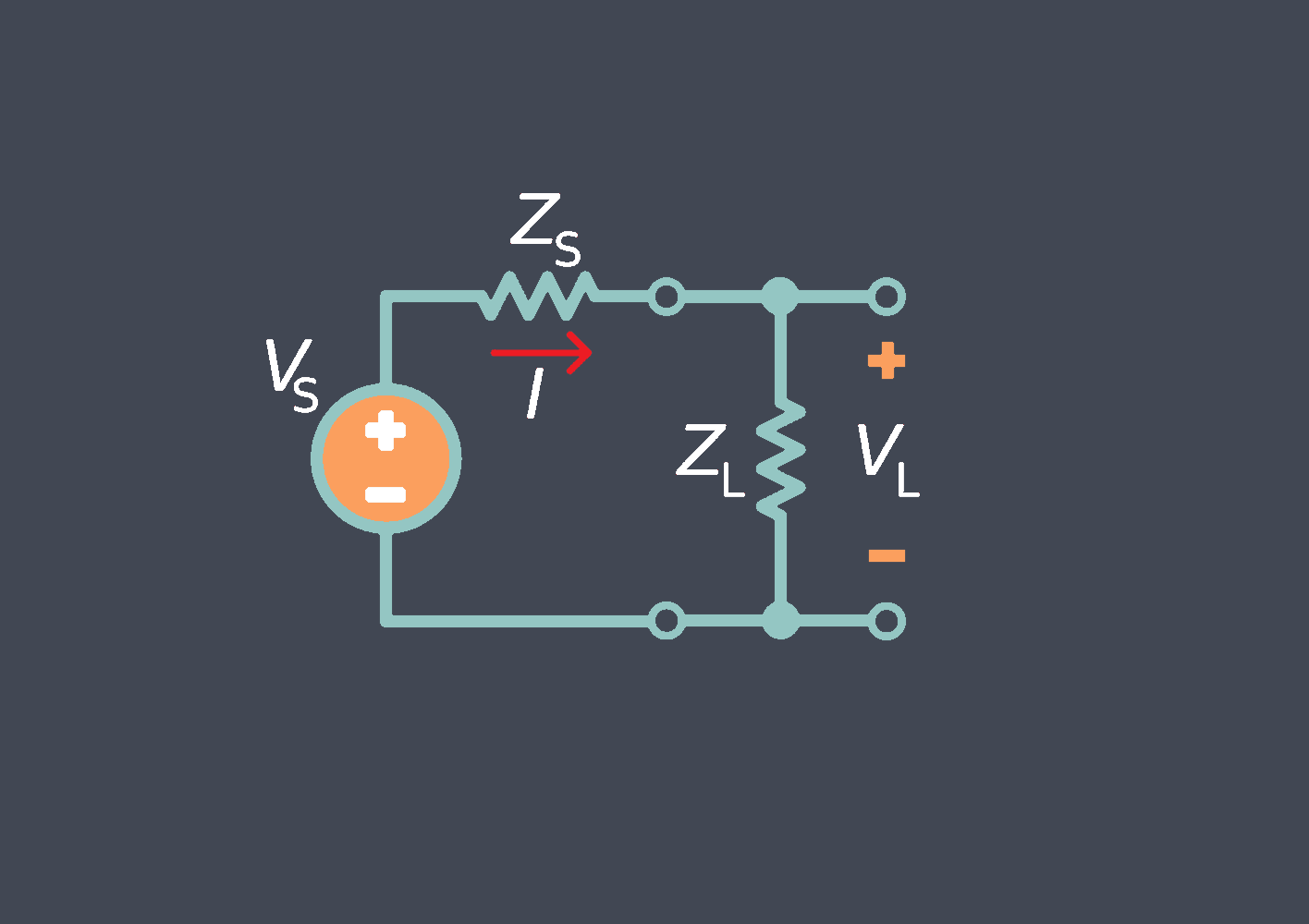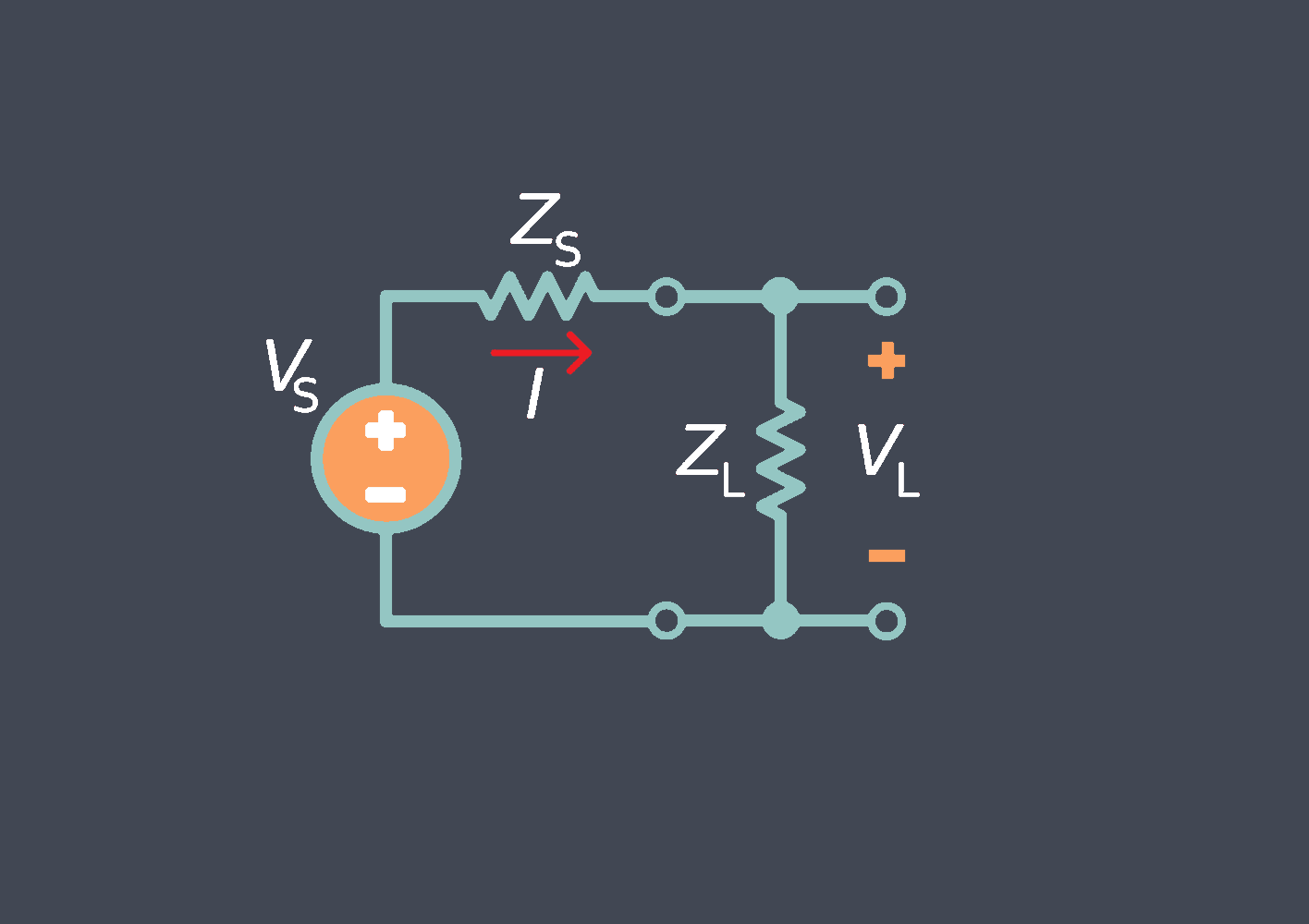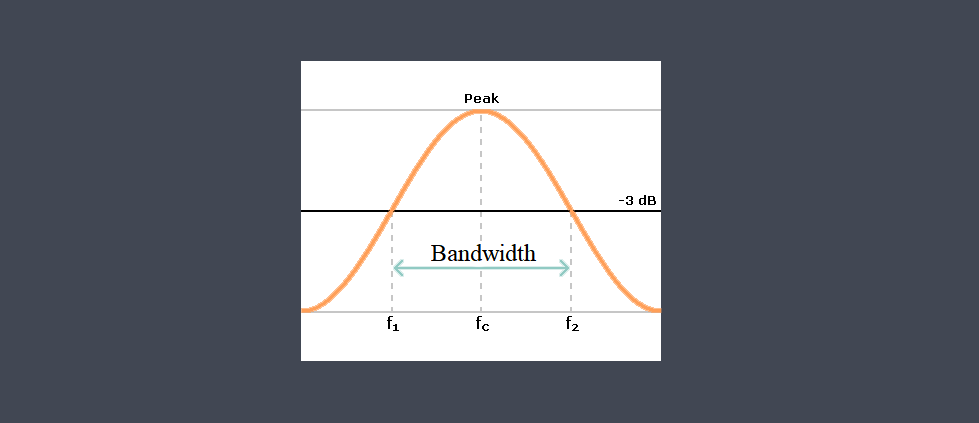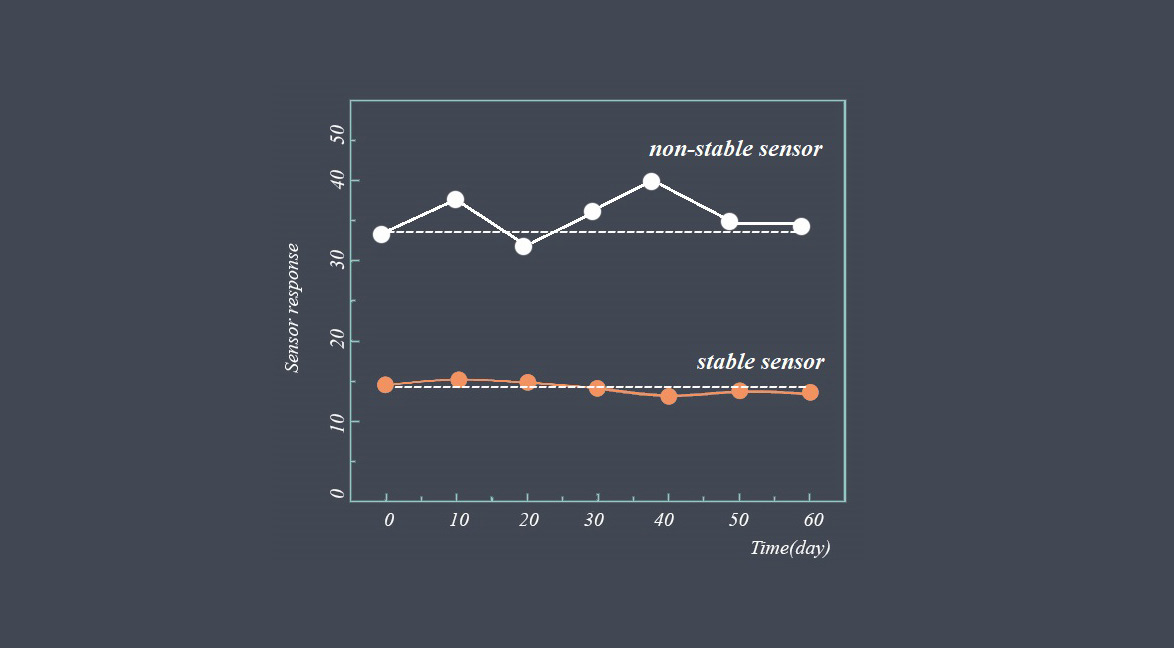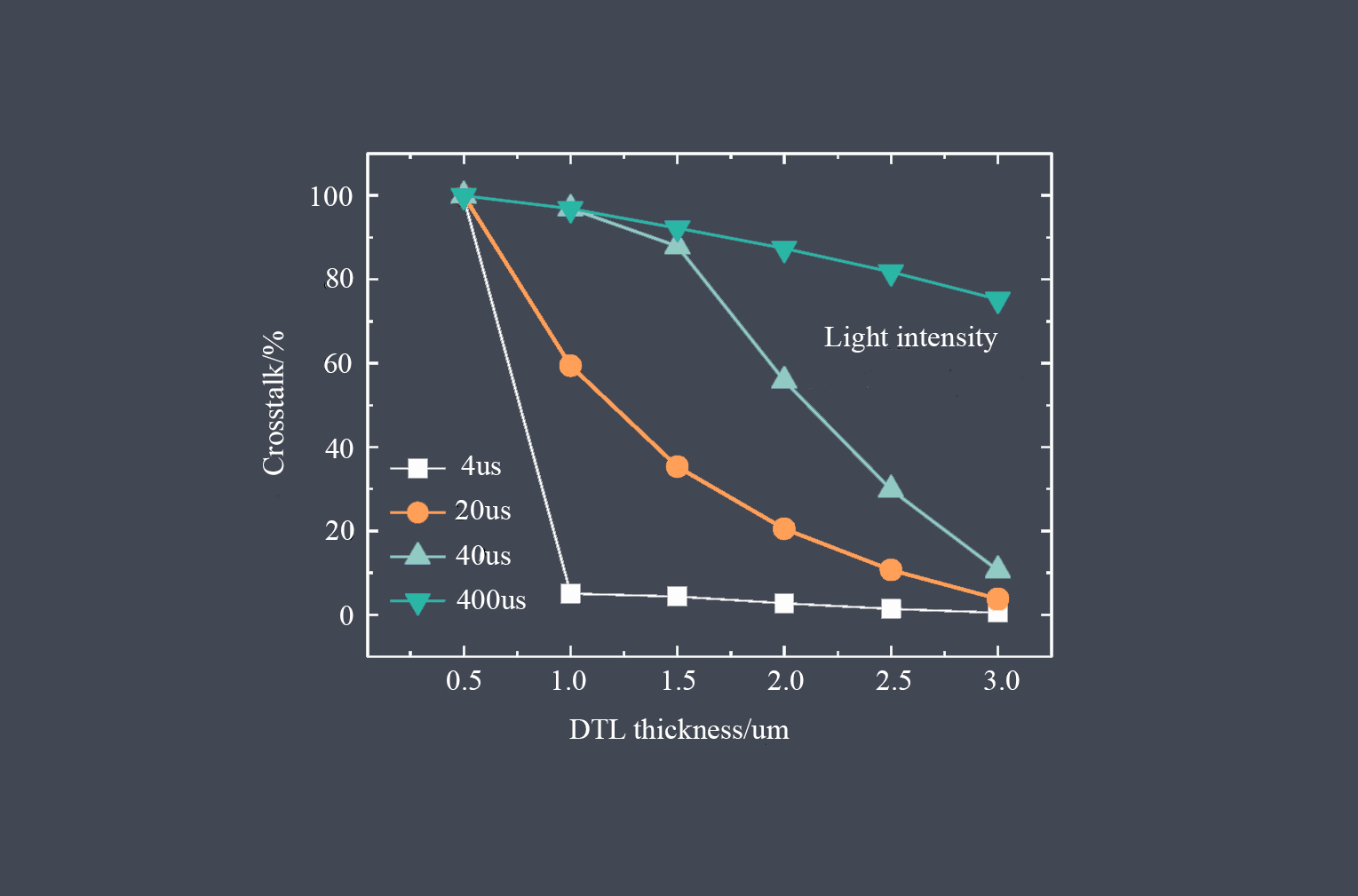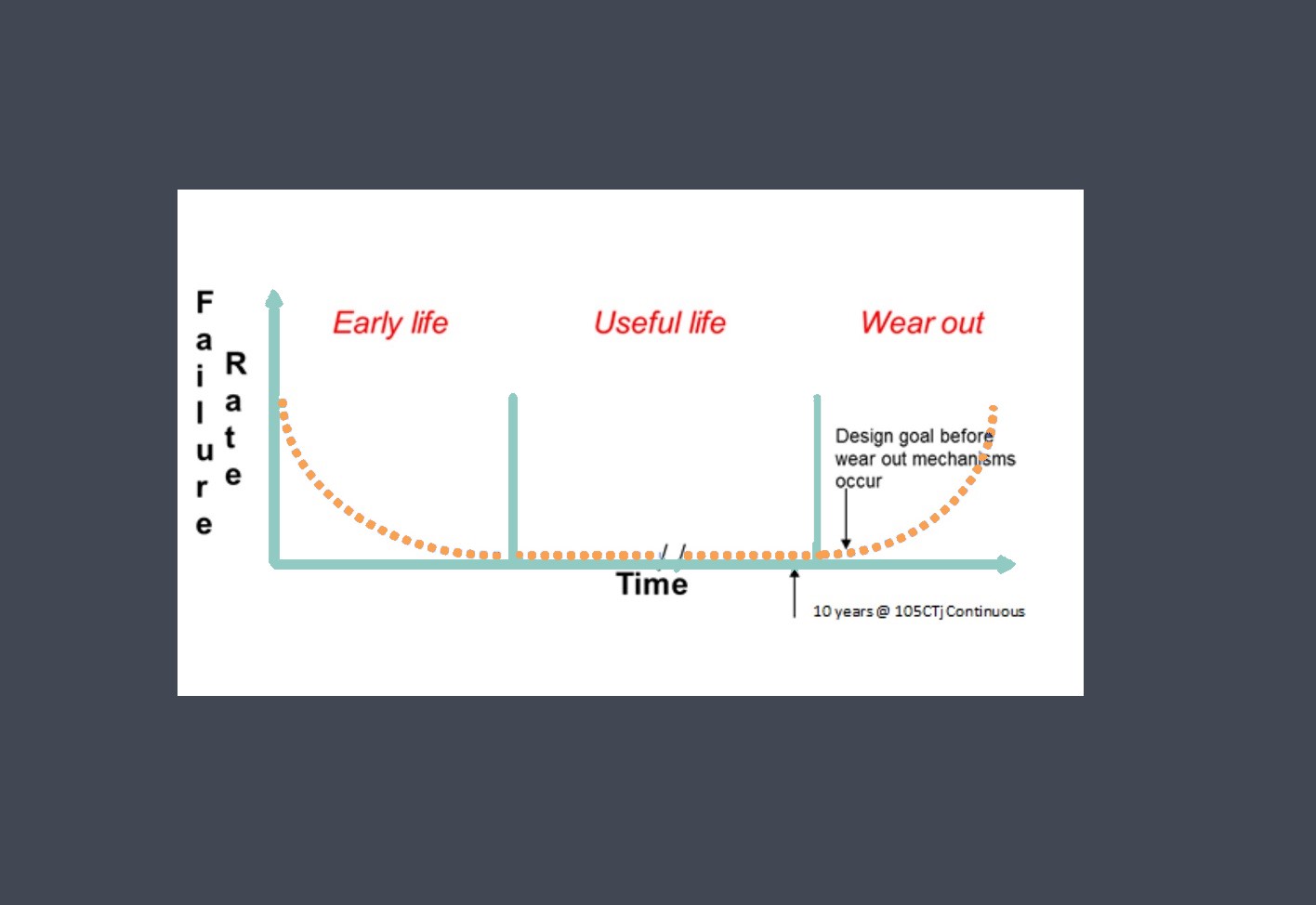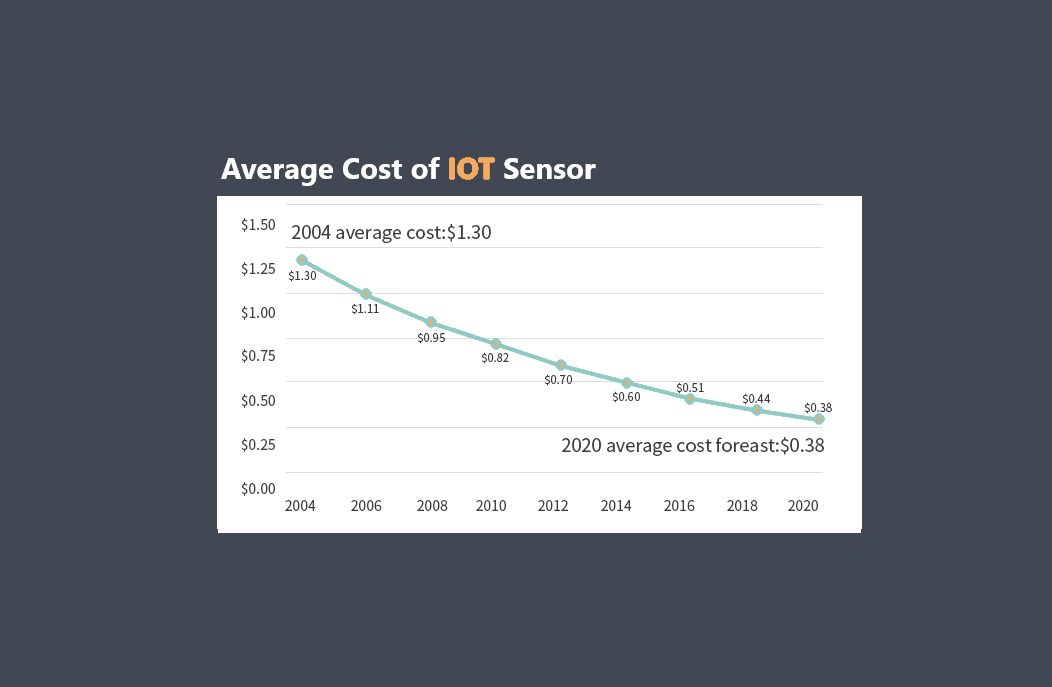
The operating temperature range is a crucial parameter in sensor technology that defines the range of temperatures within which a sensor can operate reliably and provide accurate measurements. It specifies the minimum and maximum temperatures at which the sensor can function effectively without any significant degradation in performance.
Different sensors have different temperature sensitivities and limitations, making it essential to select a sensor with an appropriate operating temperature range for a specific application. Extreme temperatures can impact the sensor’s electrical properties, material characteristics, and overall stability, leading to measurement errors or sensor failure.
For example, let’s consider a common type of sensor like a thermocouple. Thermocouples are widely used for temperature measurement in industrial applications. Depending on the type of thermocouple and the materials used, their temperature operating range can vary. Generally, most thermocouples can measure temperatures ranging from -200 degrees Celsius (-328 degrees Fahrenheit) to around 2300 degrees Celsius (4172 degrees Fahrenheit).
Why is sensor operating temperature range important?
The temperature operating range of a sensor is important because it defines the range of temperatures within which the sensor can operate reliably and provide accurate measurements. The temperature operating range of a sensor is vital for maintaining accuracy, precision, sensitivity, material integrity, electronics performance, safety, and reliability. By operating the sensor within its specified temperature range, you can ensure optimal functionality and longevity while obtaining accurate measurements in various environmental conditions.
When operating a sensor outside its specified temperature range, several issues may arise. For instance, high temperatures can cause signal drift, reduced sensitivity, or even damage to the sensor’s components. Similarly, extremely low temperatures can affect the response time, accuracy, or even freeze the sensor’s internal components, rendering it inoperable.
Temperature operating range main parameters
Different sensors have different temperature operating ranges based on their design, materials used, and intended applications.
The temperature operating range typically consists of two main parameters: “the minimum temperature” and “the maximum temperature”.
The minimum temperature defines the lowest temperature at which the sensor can function properly without compromising its accuracy or performance.
The maximum temperature, on the other hand, represents the upper limit beyond which the sensor may become damaged or provide unreliable measurements.
How to find our sensor temperature operating range?
Any types of sensors, such as pressure sensors, humidity sensors, or optical sensors, have specific temperature operating ranges. These ranges are typically mentioned in the sensor datasheets or specifications provided by the manufacturer. It’s important to operate sensors within their specified temperature range to ensure accurate measurements and prolong their lifespan.
It’s worth noting that extreme temperatures, either high or low, can affect the performance and reliability of sensors. Therefore, if you need to use sensors under extreme temperature conditions, you should choose specialized sensors designed specifically for those environments or consider implementing additional measures such as thermal insulation or cooling systems to protect the sensors.

In summary, sensor temperature operating range defines the acceptable temperature limits within which a sensor can function reliably. It is crucial to adhere to these temperature specifications to ensure accurate measurements and prevent damage to the sensors.

